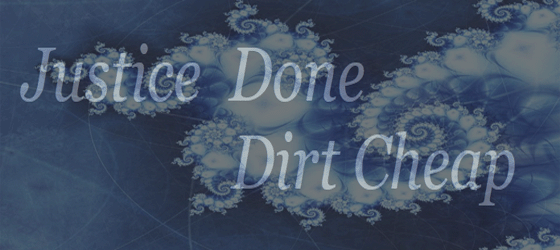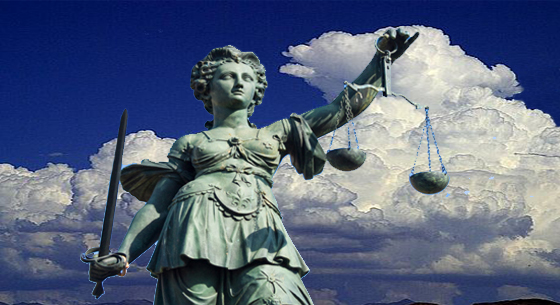The following is from Walsh v. Nicholls and CGU Insurance Company of Canada, 2004 NBCA 59 (CanLII) at the following link:
<http://canlii.ca/t/1hjwc>
Principles of Tort Law
[36]
The manifold objectives of tort law are
summarized in Vivienne Harpwood, Principles of Tort Law, 4th
ed. (London: Cavendish Publishing Ltd., 2000) at pp. 13-15:
• Compensation
The most obvious objective
of tort is to provide a channel for compensating victims of injury and loss.
Tort is the means whereby issues of liability can be decided and compensation
assessed and awarded.
• Protection of interests
The law of tort protects a
person's interests in land and other property, in his or her reputation, and in
his or her bodily integrity. Various torts have been developed for these
purposes. For example, the tort of nuisance protects a person's use or
enjoyment of land, the tort of defamation protects his or her reputation, and
the tort of negligence protects the breaches of more general duties owed to
that person.
• Deterrence
It has been suggested that
the rules of tort have a deterrent effect, encouraging people to take fewer
risks and to conduct their activities more carefully, mindful of their possible
effects on other people and their property. This effect is reflected in the
greater awareness of the need for risk management by manufacturers, employers,
health providers and others which is encouraged by insurance companies. The
deterrent effect of tort is less obvious in relation to motoring though the
incentives to be more careful are present in the insurance premium rating
system.
• Retribution
An element of retribution
may be present in the tort system. People who have been harmed are sometimes
anxious to have a day in court in order to see the perpetrator of their
suffering squirming under cross-examination. This is probably a more important
factor in libel actions and intentional torts than in personal injury claims
which are paid for by insurance companies. In any event, most cases are settled
out of court and the only satisfaction to the claimant lies in the knowledge
that the defendant will have been caused considerable inconvenience and
expense. The claimant also risks financial loss if the case is decided against
him or her and this is a factor to be weighed in the balance when retribution
is sought.
• Vindication
Tort provides the means
whereby a person who regards him or herself as innocent in a dispute can be
vindicated by being declared publicly to be 'in the right' by a court. However,
again, it must be noted that many cases never actually come before a court and
the opportunity for satisfaction does not arise.
• Loss distribution
Tort is frequently
recognised, rather simplistically, as a vehicle for distributing losses
suffered as a result of wrongful activities. In this context loss means the
cost of compensating for harm suffered. This means redistribution of the cost
from the claimant who has been injured to the defendant, or in most cases the
defendant's insurance company. Ultimately, everyone paying insurance or buying
goods at a higher price to cover insurance payments will bear the cost. The
process is not easily undertaken and it involves considerable administrative
expense which is reflected in the cost of the tort system itself. There are
also hidden problems attached to the system, such as psychological difficulties
for claimants in using lawyers and courts, and practical difficulties such as
the funding of claims which may mean that many who deserve compensation never
receive it. It has been suggested that there are other less expensive and more
efficient means than tort for dealing with such loss distribution.
• Punishment of wrongful conduct
Although this is one of the
main functions of criminal law, it may also play a small part in the law of
tort, as there is a certain symbolic moral value in requiring the wrongdoer to
pay the victim. However, this aspect has become less valuable with the
introduction of insurance.
[37]
One of tort law’s primary objectives,
beyond providing fair compensation, is to improve the quality of interaction in
society by deterring sub-standard behavior. ...

























No comments:
Post a Comment